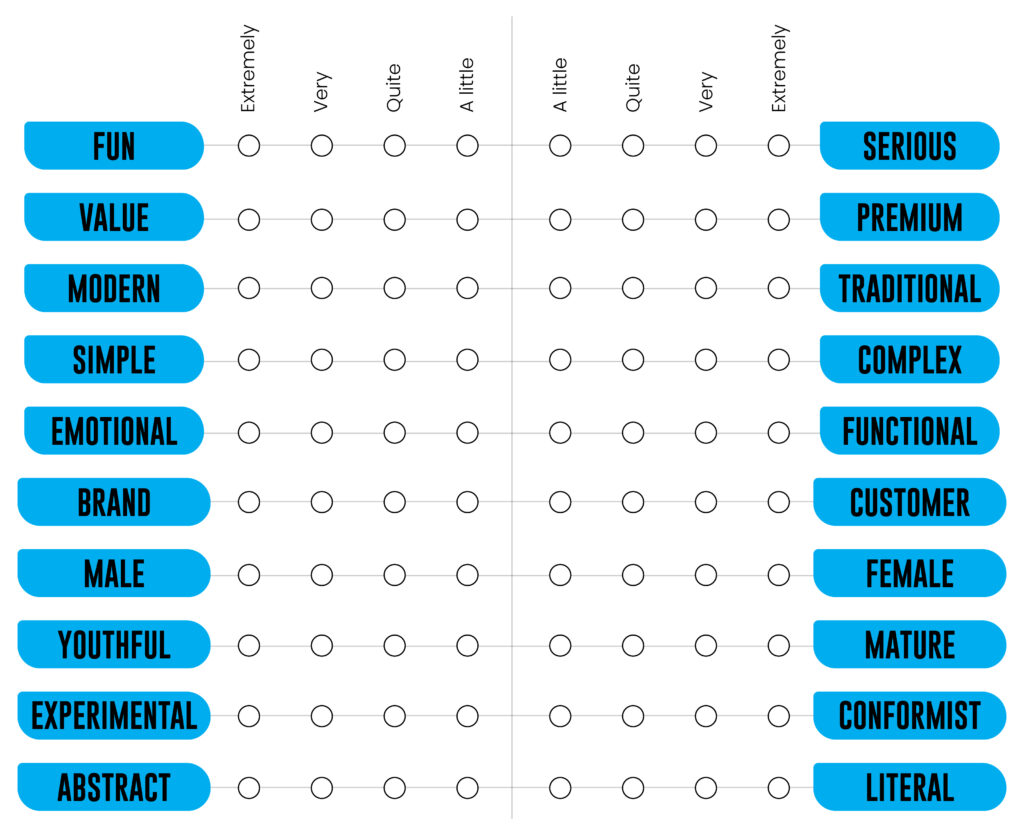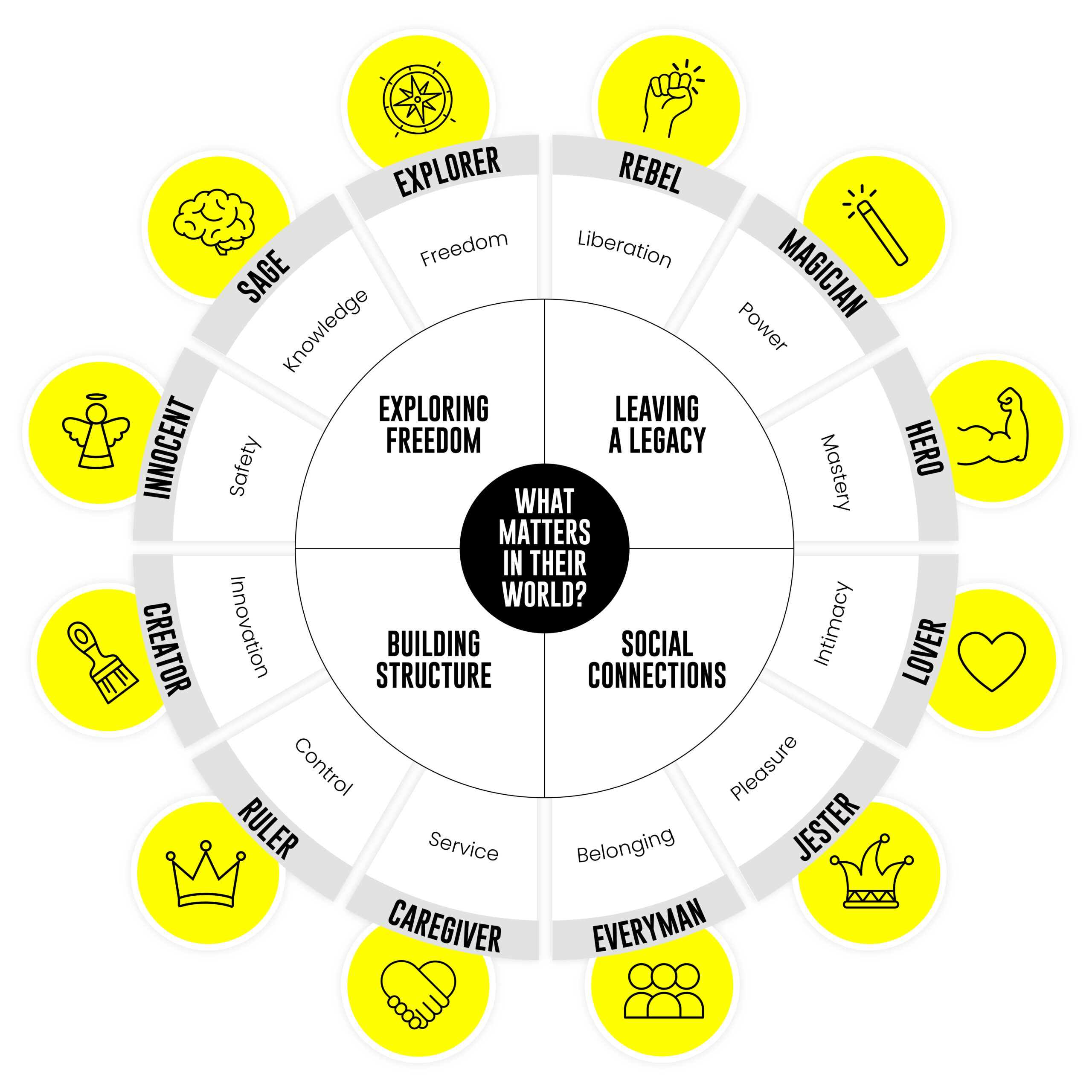All About Tone of Voice in Branding
Whether it’s the playful nature of Nando’s, the warmth of John Lewis or the inclusivity of Airbnb, a distinctive tone of voice is essential to any brand’s success.
People often think about how a brand looks visually, from fonts and colours to design styles, but having a unified approach to tone and messaging is also key to building brand recognition and nurturing a connection with the audience.
In this article, we’ll break down why tone of voice is important, how voice and tone amplify your brand identity, and share tips for developing your own tone of voice.
What Is Tone of Voice?
Brand voice is the personality an organisation curates to connect with its audience across various forms of communication.
Imagine you’re at a wedding and you’re working the room. One guest stands out because they’re adept at storytelling; the rhythm of their words, their language and their character all mean people gravitate towards them.
A brand should strive to be that person. One question we ask our clients when producing tone of voice guidelines is ‘If your brand was a celebrity, who would it be?’ What traits and phrases would they display and what would they avoid?
Nailing these elements will help form your tone of voice strategy, but there are multiple factors that go into creating one. When we’re developing social media playbooks for clients, they incorporate content pillars, a channel strategy and tone of voice guidelines to define brand personality and messaging.
Five Tips to Develop Your Tone of Voice
With the digital landscape so crowded and platforms saturated with artificial intelligence-generated content, the power of a strong brand voice has never been more important. Here are our five tips to help you define yours:
1. Audit your current presence
Identify best-performing content across all your communication channels and analyse the tone of voice used. Look at what traits they have in common to pinpoint why the content resonated with the audience.
You can use a tone-of-voice matrix like the one to the right to explore the nuances in more detail. Think about where your brand sits for each attribute and evaluate on a sliding scale.
Your organisation may employ multiple writers so it isn’t uncommon to find variations in voice and vocabulary. Also take note of whether your copy style is mirrored in how your audience speaks to you – this is a useful gauge in determining if you’re on the right track.
This exercise can be time consuming and sometimes difficult to do objectively when you’re too close to the content. But it is a vital step in understanding the gap between your current and desired tone of voice, which is where the impartial insight of an external agency or specialist can be useful.

2. Explore Your Audience
As well as aligning with your business’s values and goals, your tone of voice must consider your target audience. Note down personality traits and particular vocabulary you wish to take forward as you investigate.
It is worth using social listening tools to track conversations surrounding your brand, as well as examining customer sentiment and views on products and competitors to optimise messaging.
Whatever your target audience, your communications should sound like one person talking to another. Write the way you would speak and it will sound friendlier and more natural. A good way to check you have the right tone is to read a piece of writing out loud. Here are some tricks:
- Use ‘we’re’ instead of ‘we are’, ‘let’s’ instead of ‘let us’
- Communicate with active not passive verbs
- It’s fine to start a sentence with ‘But’ and ‘And’
- Could a question make your message sound more personal?
3. Create An Archetype
Archetypes provide a framework based on human psychology to help companies connect with their customers on a deeper level. These allow us to characterise universal patterns of behaviour that we all instinctively understand and relate to.
Because this recognition is pre-programmed into our brains, they are a useful tool when defining the position of your brand and traits that will resonate with your audience.

From this, you can derive a brand persona – a fictional representation of your brand that informs choices around voice, tone and language.
One method of creating this is by asking yourself which celebrity personality would be a good match for your brand. Who would be able to write content for your company? What would they say or do that reflects your values, personality and tone of voice?
4. Ensure Your Content is Platform First
Remember that your brand voice is what you say and your brand tone is how you say it. Now you need to consider the content types and channels themselves. This is because each has its own tone that users are used to and expect to see. When brands don’t get on board with this, it can be jarring and off-putting.
For example, within a social media environment, on Instagram you probably wouldn’t use heavily branded content because this isn’t natural to the platform, nor particularly highlight thought leadership due to the contrasting demographic and focuses. You wouldn’t use the same tone on LinkedIn and X because one is more casual than the other.
The trick here, and where some brands come unstuck, is maintaining a consistent – and authentic – tone of voice across platforms, while also being platform-appropriate.
5. Be Consistent
Consistent communication is recognisable and thus promotes a credible self-image. Your company should possess its own style guide that exists as a reference for anyone – in whatever department – who writes in the brand’s voice, ensuring everything from PR features to social media posts is in check.
It’s important to remember that even the simplest and most isolated mistake in a written communication can shatter your credibility. A style guide should minimise errors, but take the time to proofread materials thoroughly and ask someone with fresh eyes and a pernickety attention to detail give your work a final read through.
One of the things we produce which many brands find valuable are tone of voice guides that include the brand DNA, what the organisation is best for, and common vocabulary. Most importantly, we provide examples of what the brand would say and what it shouldn’t say.
Finally, it’s important to review your brand voice regularly. Language evolves and brands get overhauled – without check-ins, you risk sounding out of date to your target audience.
The author: Grant Yardley is senior content manager at WPR. A guru of the written word, he specialises in formulating style guides, advising on tone of voice and guiding our team of writers through every step of the creative process.
If you’d like to learn more about brand tone of voice, or WPR’s social media playbooks for brands, please get in touch. We’d love to help.
Want to
LEARN more?

WPR is an award-winning PR agency, based in Birmingham, renowned for getting the world talking about the brilliant brands we work with. We specialise in consumer PR, across sectors including food and drink, retail and leisure; B2B PR, where we work with companies spanning manufacturing, construction and HVAC industries; and social media.
To start a conversation about how we can get the world talking about your business, please get in touch – we’d love to chat.
